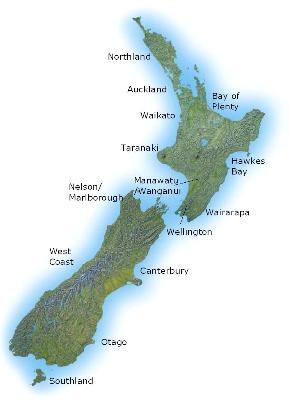Early signs of easing price pressure
Modest house price movement suggests a flattening market, but it’s too soon to declare a turning point, according to Trade Me Property.
Thursday, August 11th 2016, 9:00AM
by The Landlord

The latest Trade Me Property Price Index shows the national average asking price was up to a new high of $591,100 in July – but the rise was a mere $250, which means growth was static.
Head of Trade Me Property Nigel Jeffries said the market looked to be easing, as it had coasted along in July after its foot came off the gas in June.
“The average asking price is up 10% on last July, and since March this year it has only risen by $18,000. It will be interesting to see whether this slow-down is a pattern through to the end of the year.”
Auckland’s market followed a similar, but more pronounced, path in July.
The average asking price for an Auckland property hit a new high of $851,850 – but it was a rise of just 0.4% on June.
Jeffries said that, a year ago, Auckland’s average asking price had lifted over $130,000 on the previous year but, last month, that figure fell to $97,000.
“It’s still significant and up 13% over the year, but a far cry from the 20%-plus surge we saw this time last year.”
Around the country, only five regions saw a month-on-month increase between June and July.
The currently hot markets of Bay of Plenty and Waikato led the ways with rises of $2,900 to $546,700, and $9,200 to $444,200 respectively.
While housing market pressure was easing, it was too early to label it a turning point, Jeffries said.
“We’ve seen some fairly modest rises and month-on- month falls in average asking price in some regions, but we’re not convinced that we’re heading down the other side of the asking price hill just yet.
“Sellers’ expectations are pulling back slightly, and we’ll be watching the spring surge in listings with interest.”
The latest data may have been characterised by lower monthly shifts in average asking price, but most regions still saw solid year-on- year growth.
Jefferies said the regions surrounding Auckland have seen some of the strongest growth rates – largely due to the “halo effect” which has led to SuperCity buyers looking to greener, cheaper pastures
For example, Northland (up 10.8%), Bay of Plenty (up 16.0%) and the Waikato (up 15.2%) all showed double-digit annual increases in average asking price.
However, the markets in the middle of the country also saw strong year-on- year growth, with Marlborough up 11.4%, Wellington up 11.8%, and Nelson up 20.2%.
In contrast, Canterbury house price growth continued to weaken with the average asking price down 2.3% year-on- year in July.
| « Auckland house prices not a concern: ASB boss | Auckland’s new top 20 hotspots » |
Special Offers
Comments from our readers
No comments yet
Sign In to add your comment
| Printable version | Email to a friend |


